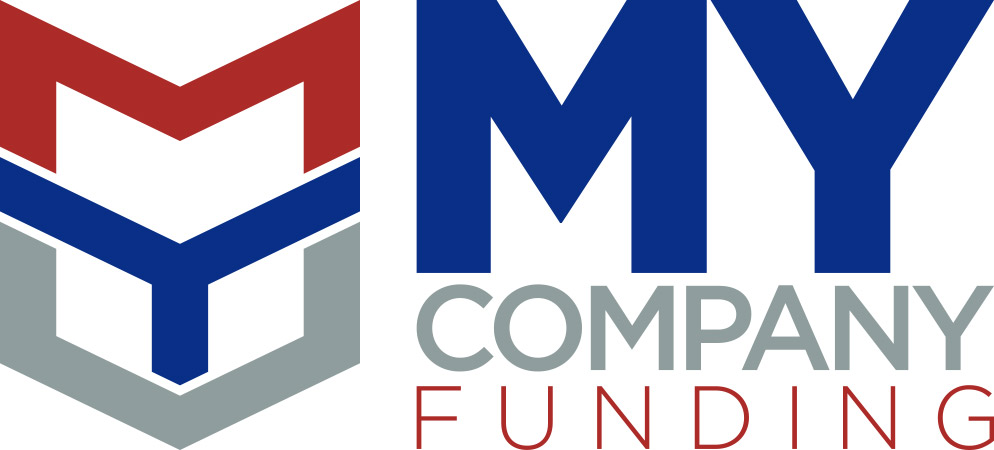
Avoiding errors when you calculate
working capital helps you understand the true picture of your short-term obligations. Let’s take a closer look at how to calculate your working capital properly and the consequences of getting it wrong.
Working Capital vs. Cash Flow
Working Capital = current assets – current liabilities
To calculate
working capital, subtract current liabilities from current assets. From an accounting perspective, “current” means assets you can turn into cash or liabilities due within 12 months.
Cash flow is the total cash your company produces in a year. The
difference between the two is that cash flow measures your ability to make money over time, while working capital is a picture in time of your current situation.
Why It’s Important to Know This
Small business and new companies have a high risk of failure. It doesn’t take long to know if a business is likely to succeed. Sadly, 20 percent of businesses fold within the first year. By the second year, about a third fail. A major cause of business failures is insufficient capital to cover your expenses.
Your net working capital is an important indicator of your company’s short-term prospects. It’s used by investors, lenders and other people to evaluate the financial health of your business. The higher your
working capital, the more liquid your funds are, at least for the next year. If you have sufficient working capitals, lenders know you can meet your debt obligation, and you may have money to reinvest in growth or reserves.

What Else Working Capital Tells You
Working capital incorporates five line items, each with its own forecast methodology. This makes it difficult to calculate accurately. The moving parts of working capital (inventory, accounts receivable and accounts payable) represent your business operations, which is why you need to look at them both together and individually.
Use your working capital as a ratio compared to your competitors to learn how you fare against them in your operating and cash conversion cycles, along with other measures of activity; this gives investors and managers important insights into the short-term liquidity of the business.
Mistakes to Avoid
Here are some things to make sure you get right as well as mistakes to avoid when calculating net working capital.
- When conducting a valuation, exclude cash and short-term debt that will not be relevant in a year.
- Concentrate on trends made up of five independently forecasted items: accounts receivable, inventory, other current assets, accounts payable and other current liabilities.
- Try not to verge too far from actual trending unless you have a good reason.
If you plan to expand your operations or need an equipment lease, please contact
MY Company Funding. Get working capital loans and other financing to help your business grow or get through the slow season.


